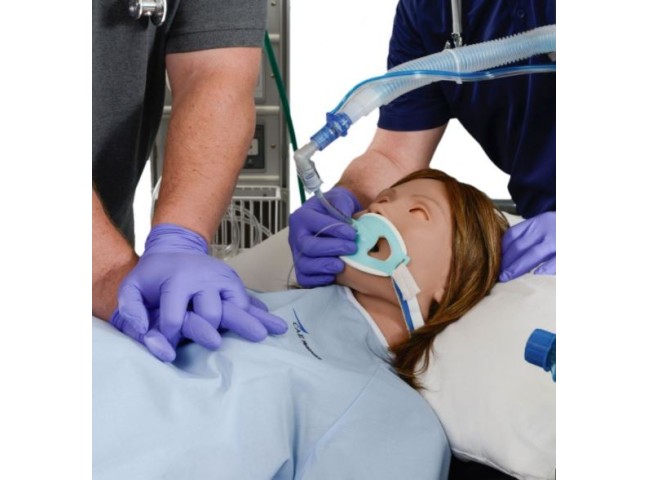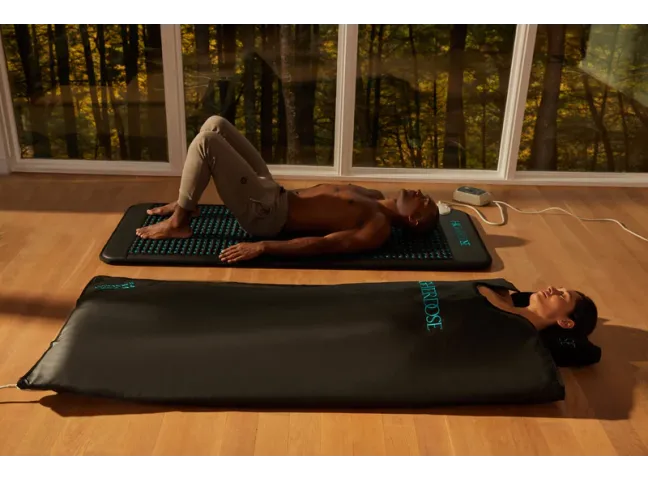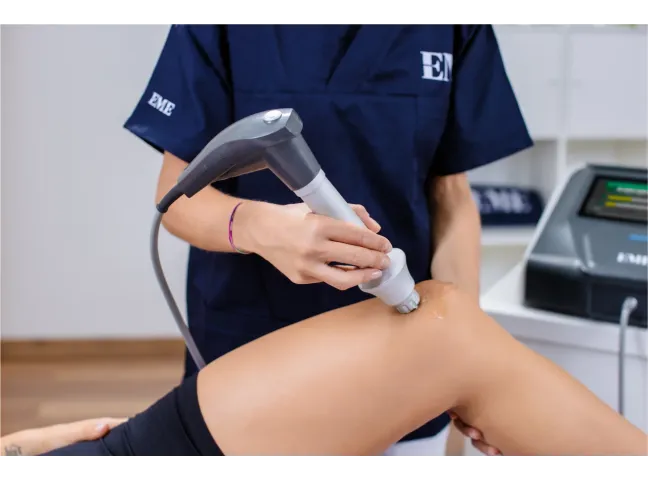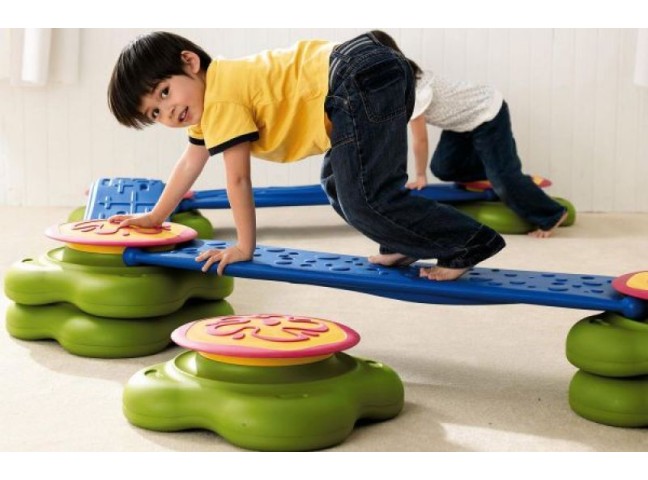The main positive effect of using a saddle-shaped chair is focused on the spine, from the lower back to the cervical vertebrae. Sitting has a positive effect on posture, circulation in the lower limbs, the reproductive organs, the external and internal pelvic organs, muscles and joints, bowel function, breathing, cerebral circulation and alertness of the brain and eyes.
Sitting in a two-part saddle-shaped chair, in a position similar to riding a horse, allows you to improve your vital functions by exercising, leaning back from the chair and tilting your body. These movements activate sitting while working and thus improve working conditions.
When people start to sit correctly, this alone has a positive effect on the body. As a result of a correct sitting position, people become more aware of their circulation, muscle tension, back health, posture, metabolism and the position of the correct sitting position, and this leads to further improvements in the sitting position.

The statements on this page are based on the following sources:
Michael Adams, Nikolai Bogduk, Kim Burton, Patricia Dolan: The Biomechanics of Back Pain
David A. Rubenstein, Wei Yin, Mary D. Frame: Biofluid Mechanics, an Introduction to Fluid Mechanics, Macrocirculation, and Microcirculation
Marcus J. Seibel, Simon P. Robins, John P. Bilezikian: Dynamics of Bone and Cartilage Metabolism, Principles and Clinical Applications
FOR PELVIC MUSCLES
Pressure in the pelvic area is a major risk factor for weak pelvic muscles and gynaecological problems. Sitting in an irregular position increases this pressure, while sitting in a correct position removes it. The pelvic floor muscles are activated when sitting in a saddle-shaped chair. According to EMG studies, bending over the supporting leg (to a low shelf, printer, etc.) using a two-part saddle-shaped chair is an excellent exercise for the pelvic floor muscles.
FOR BLOOD CIRCULATION
The human body contains about 4 litres of blood and about 3-4 times that amount of lymphatic fluid, which picks up bad cells and pathogens from the body and carries them to the blood vessels located in the body's 600-700 lymph nodes. Arterial blood circulation is only about 25% of the total blood, which is about one litre of blood. All other fluids are in low-pressure systems, which are usually and easily disturbed by immobility, habitual sitting with large areas of pressure in the thighs and pelvis, tense back and shoulder muscles, and pressure in the abdomen due to irregular posture and tight clothing. Sitting in a two-part saddle-shaped chair, especially when using an active seat, and wearing loose-fitting clothing can help to maintain healthy circulation and metabolism while sitting.
AESTHETIC APPEARANCE
It is reasonable to say that with proper use of a saddle-shaped chair, your appearance is also improved. Improved blood circulation to the lower limbs reduces swelling, cellulite and varicose veins. In addition, improved posture makes the upper body look better as the shoulders straighten and the neck and head are kept up.
HEALTH OF THE BOWEL AND PELVIC AREA
Improved upper body posture reduces pressure on the abdomen, small intestines and large intestines, and the stomach is no longer squeezed between the pelvis and chest. Increased muscle activity in the stomach also improves bowel function. All this has a positive effect on bowel function (peristalsis and its efficiency) and on the overall health of the intestines. In our modern lifestyle, gut health is also compromised by too little muscle activity. One-piece traditional and saddle-shaped chairs also put pressure on the anus and rectum, slowing down or delaying the bowel movement. Slow bowel movements or prolonged food intake are associated with common intestinal diseases, which affect a large proportion of the population. Sitting in the correct position is a strong preventive measure.
KNEE AND HIP JOINTS
When using a traditional chair, a 90-degree angle is created between the thighs and the upper body, including the knees. A sharp angle puts strain on the underlying tendons and ligaments and creates more pressure on the cartilage. This has a detrimental effect on the metabolism of the hip and knee joints. In traditional sitting, the weight of the upper body increases the pressure on the upper cartilage of the hip joint. Sitting in a saddle-shaped chair places the hips and knees at a 135 degree angle, which reduces cartilage pressure, improves metabolism and reduces the risk of joint problems. The saddle-shaped chair is taller than the average office chair, making it healthier for the knee joints when standing up.
LYMPH FLOW
The human body contains lymph fluid and 4-6 litres of blood, and lymph is filtered by 600-700 lymph nodes. All fluids move through 400,000-500,000 km of blood vessels, with 7,000 km in each kilogram of soft tissue. Only one litre of blood is pumped due to the work of the heart. The rest of the fluids move due to the activity and movement of muscles and other soft tissues.
Our normal and modern habits - such as poor sitting posture, tight clothing, poor diet and physical inactivity - disrupt these sensitive body systems. This leads to various health problems and discomfort. The sensitivity of the blood circulation can be demonstrated by simply placing the fingers on the veins of the wrist and lightly pressing with the finger, which shows how easily the blood circulation can be disturbed.
Using a two-part saddle-shaped chair will relieve soft tissue pressure in the pelvic area, keep clothes looser as you sit in the correct position and keep your limbs bent at a lower angle, and activate muscle activity, thus activating the blood circulation and lymphatic system. The positive effects are most pronounced in areas under pressure (caused by normal office chairs) such as the thighs, buttocks, genital area, back and lower limbs. Blood circulation is also accelerated in the most commonly stressed area - the upper back. Sitting in a saddle-shaped chair also has a positive effect on the lower limbs, as the hip and knee angles become wider and more open, facilitating leg movement and muscle function. When sitting in a saddle chair, the bones hold most of the weight of the body, which in turn relieves pressure on the thighs and buttocks. It is also useful to choose to wear loose trousers or a skirt and underwear that is not too tight. The most favourable alternative to allow the blood to circulate freely would be looser clothing that does not squeeze the waist.
FOR BACK
Traditional sitting in a chair with a 90° angle at the hips and knees inevitably causes people to bend over. When sitting in a saddle-shaped chair, the thighs are at 90° to each other and point downwards at an angle of about 45°. The pelvic area is tilted forwards rather than backwards as in traditional seating. In other words, when sitting in a saddle-shaped chair, the pelvic area is in a 'standing' position, thus maintaining the correct back posture which is achieved automatically. The lumbar vertebrae are in their natural position and the lower back forms a regular curve.
This posture can only be maintained by sitting in a two-part saddle-shaped chair, which does not press on the genital area and thus allows a comfortable forward tilt of the pelvis. This positioning of the lumbar vertebrae prevents harmful damage to the lower back and in many cases reduces the risk of developing typical lower back pain. It also improves blood circulation to the lower back, as correct posture relieves muscle tension and improves the activity of the back muscles. Increased blood circulation, in turn, increases the oxygen and nutrient content of the muscles, the absence of which is one of the main causes of degenerative disc disease of the spine.
As the discs and ligaments do not have their own blood supply (and the vertebrae also have very poor blood supply), it is essential that the lower back has good blood circulation to ensure that the tissues can receive sufficient nutrients and oxygen and to remove accumulated bad cells. Maintaining physical activity in the lower back or maintaining correct posture allows this circulation to work properly, because the arteries in the lower back are surprisingly small and require proper muscle activity and relaxation to allow sufficient blood flow and to prevent tissue degeneration.
Sitting in the saddle-shaped chair in the right position allows easy and natural movement of the whole body, giving the muscles of the lower back freedom of movement as if you were doing an exercise. The upper body moves when the chair is rotated or when reaching for objects. These movements are excellent for reducing dangerous inactivity while sitting. Moving around or reaching for objects with the two-part saddle-shaped chair is easy and risk-free, as the legs are firmly planted on the floor and the supported legs maintain correct posture. Correct use of the back muscles gradually improves posture and prevents ailments caused by scoliosis.
Sitting upright in a saddle-shaped chair also reduces sciatic nerve pain by slowing down degeneration of the lower back. Normally, the sciatic nerve is irritated (and causes pain) when the nerve canal becomes overly constricted due to a widening of the disc. The nerve canal can also be pinched after changes in the bone structure due to degeneration of the lower back. The two-part movement mechanism of the saddle-shaped chair makes it much easier to reach objects while sitting, and also improves blood circulation (including lymphatic circulation) and muscle activity, especially in the lower back and pelvis. The movement mechanism allows for natural and unobtrusive movement.
CEREBRAL BLOOD FLOW
Up to 25% of all blood circulation reaches the head. The blood vessels are located in a narrow space between the vertebrae of the neck, the throat and the outer muscles of the neck (most blood vessels are located between the muscles called the sternocleidomastoids). Any static head or neck posture causes tension in the muscles and reduces blood flow in the main blood vessels. The main vein (Jugularis Interna) is actually inclined towards the Sternocleidomastoides. If the muscle is tense, blood flow slows down, blood pressure in the brain increases and a headache is felt. Correct neck posture can only be achieved when the whole back is in correct posture. The two-part saddle-shaped chair promotes correct posture and prevents these problems.
The use of a high quality saddle-shaped chair significantly increases oxygen uptake. Stiffness and pain in the chest, ribs and upper back are reduced. It also reduces muscle tension and promotes correct posture, makes breathing easier and facilitates the entire respiratory system, while allowing the chest to expand freely, resulting in deeper breathing. Improved oxygen intake increases the amount of oxygen in the whole body and reduces the onset of fatigue.
FOR SHOULDER JOINT HEALTH AND CARPAL TUNNEL SYNDROME
Shoulder joint problems are common in professions where the angle between the upper body and the upper arm is greater than 30 degrees, such as dentistry. Using a saddle-shaped chair usually results in an angle of less than 30 degrees and helps to prevent shoulder problems. Harmful, sharp wrist angles, repetitive movements and muscle tension, combined with pinched nerves in the shoulder area, are the most common causes of wrist and arm problems. Removing pressure in the neck and shoulder area and keeping the shoulder area in the correct position and sitting in the correct position with good arm support keeping the wrist almost straight reduces the risk of problems.
HEALTH OF THE GENITAL AREA
Approximately 50% of the adult population in Europe suffers from some form of physical sexual disorder on a recurrent basis, and the number is increasing rapidly. We sit for long periods of time on our private seats, so it stands to reason that sitting has a significant impact on our genital blood circulation, nerve function and metabolism.
Men tend to sit with their pelvis tilted back. This is an unconscious way of relieving pressure on the penis, where the nerves and blood vessels leading to the genitals are located. When using a two-part saddle-shaped chair, the lower part of the penis is not subjected to the same pressure as when using a one-part saddle-shaped chair. The harmful compression of the pudendal nerve and blood vessels is almost completely eliminated. In addition, when the weight of the body is supported by the supporting bones (ischial tuberosities) during sitting, the lymphatic circulation works better.
Men also keep their thighs farther apart to reduce the pressure on their testicles - trousers and their seams get tighter when men sit, tight clothes keep the testicles too close to the warm body. Sperm production is very sensitive to a rise in testicular temperature. During normal sitting, testicular temperature can often rise up to 37°C. This is one of the reasons why sperm quality is reduced. The two-part saddle-shaped chair cools the testicles to an optimal temperature of 33°C.
For male cyclists, severe pressure near the pubic bone tissue causes impotence and testicular cancer. The same phenomenon has also begun to occur in men using one-piece saddle-shaped chairs. Cycling has also been found to damage the external genitalia of women, resulting in reduced sensitivity. Motorcyclists may also experience a decrease in sensitivity when using one-piece saddle-shaped chairs. Tight clothing and prolonged sitting reduce blood circulation, while wearing tights and sanitary pads increase the risk of infections in the female genital tract. Sitting in a two-part saddle-shaped chair reduces this risk. For many women, an inadequate gap or a saddle-shaped chair without a gap is uncomfortable in the pubic bone because nerves and blood vessels are compressed between the seat and the pubic bone. This pressure reduces blood circulation, which in itself is a health hazard.
The chair's spacing encourages both men and women to tilt the pelvis forward without uncomfortable pressure on the pubic bone and genitals. This helps to maintain the lumbar posture in its natural position. Thus, the two-part saddle-shaped chair relieves pressure on the genitals and maintains a safe angle between the thighs and the upper body.
FOR MOBILITY
Traditionally, many jobs involve parking all day. Working in a saddle-shaped chair is a great ergonomic alternative. Sitting on a saddle-shaped chair, workers are approximately the same height as standing customers. The reduced strain on the lower back and improved circulation to the lower limbs helps the worker to stay in a good mood and maintain a high quality of customer service.
The saddle-shaped chair with wheels allows the worker to move effortlessly with just the legs resting freely on either side. If the need arises for tasks that require multiple stands, sits and stands again from a saddle chair, it is much easier to do so than with a conventional office chair.
Questions?
If you have any questions, please contact Rehastar.com staff by phone on weekdays 08:00 - 17:00 or by email at any time and we will do our best to answer you as soon as possible.
Email: info@rehastar.com
Phone: +370 626 11553






